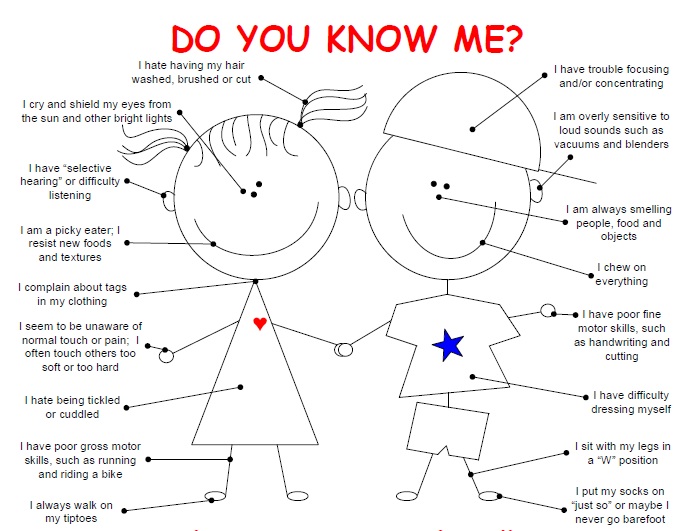

Hair shield (available with the Calming Clippers set) or visor.Sometimes giving them this bit of control over the situation can be very helpful. For example, if they don’t like the hair falling on their face, let them hold the blowdryer and use it to blow off any hair tickling their face. Provide them with tools to alleviate some of the irritants from the haircut. To have them help during their haircut try giving your child a ‘job’. Have them (safely) assist in the haircutting process (with themself, others, or dolls).Have your child watch others get their hair cut.Visit the salon multiple times before attempting a haircut.Work to gradually desensitize to the activity can also be helpful: Perform a sensory diet prior to the haircut.Using the right tools or different tools may also make the experience easier. Heavy work and proprioceptive input can also help provide a sense of calm during a stressful situation. Tactile desensitization strategies that we talked about above are also helpful here. Blowdryers and clippers have sounds that a child who is sensitive to auditory (sound) input may be upset by. Haircuts also include different auditory experiences that might be overwhelming for some. The tactile input from haircuts comes from the pulling/tugging/touching of the hair that happens during cutting, hair falling on your face, the texture/fabric of the cape, as well as the blow dryer. Haircuts can fall along the same lines as dressing in regards to being hypersensitive to tactile input. Heavy work- engaging the muscles by pushing, pulling, carrying, lifting.Deep pressure (proprioceptive input) such as squishes, joint compressions, or weighted or compression clothing.Providing proprioceptive input is also calming and helps prepare and settle the sensory system prior to a challenge (such as wearing socks). When you are hypersensitive to tactile input the goal is the help the system desensitize. Tactile input comes to us in many forms and the input we get from our clothing is no different, because of this, difficulties with how clothes feel can be a real issue for some. But for those that are hypersensitive, their system may be continuing to alert them of that seam, all day long! As you can imagine this would make wearing clothes very bothersome. We want our sensory system to filter out what information isn’t important such as the seam on the toe of a sock.

These are all signs that your child may be experiencing tactile sensitivity. The jeans feel too stiff, and the waistband is too tight.

The seam in their sock continues to rub on their toes all day. This means that the tag you never notice could be constantly causing your child irritation and distress. Some people who struggle with sensory processing disorder are more hypersensitive to touch (tactile). These things may not seem like a big issue to you but for your sensory kid, they might be. Today though, we are going to talk about 5 issues that seem to come up over and over. We have 8 different sensory systems that we receive and interpret information from daily, meaning there are almost endless combinations of how sensory processing can affect us. Top 5 biggest sensory issues…how do we only choose 5? Sensory processing issues are displayed in so many different ways, a list of 5 doesn’t even scratch the surface.


 0 kommentar(er)
0 kommentar(er)
